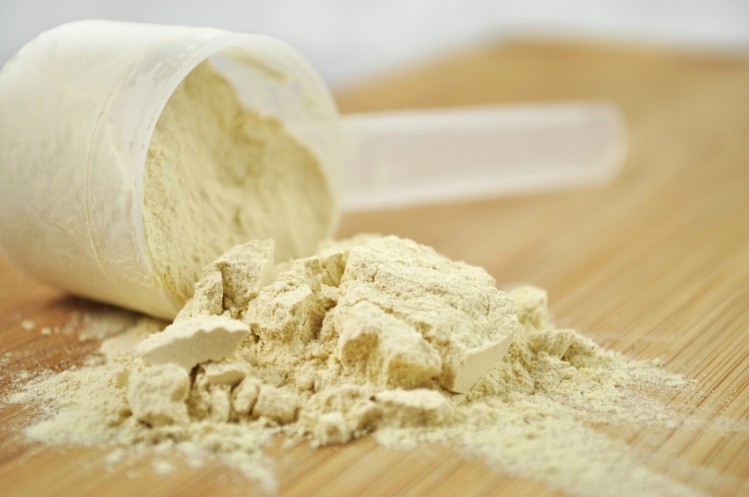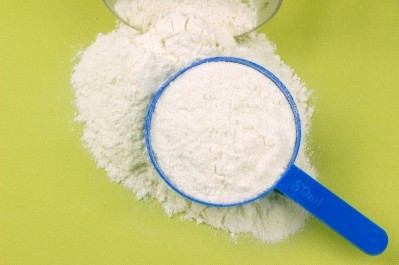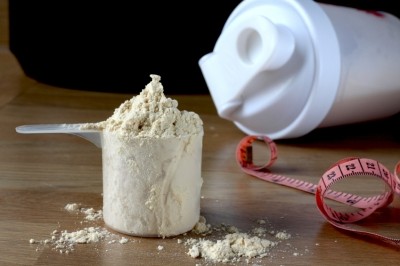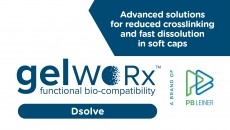ESSNA set to strike on protein spiking

A spokesperson for the trade group – members of which include protein players Volac, Glanbia, Carbery, Arla, FrieslandCampina and Kerry – told us the guidelines would be finalised once member feedback currently being collected had been worked in.
What the nature of this document will be however remains unclear and the spokesperson said whether ESSNA members would have to ‘sign up’ to the guidance would be discussed at an internal meeting on the guidelines in the next few weeks.
He said it would be "a bit premature" to give more details of the scope of the guidance given "its function" was still being discussed with members.
“We have spent a while on it - but it’s important to get this right,” he said.
The issue of ‘protein spiking’ has been bubbling away over the past few years on the US market, with Michigan law firm Barbat, Mansour and Suciu spearheading a number of cases against the likes of retailer and manufacturer NBTY alleging misleading label claims of protein products.
The concern there has largely been due to a legal loophole that stated manufacturers must calculate the amount of protein in foods and supplements using a factor of nitrogen, but did not specify what the source of that nitrogen should be.
While the extent of the practice on the European market remains unclear, the fact that ESSNA is producing this document demonstrates how seriously the trade group is taking the problem.
Industry insiders tell us it has been on the rise for years in many regions, yet ESSNA’s guidance will mark the first document on the issue in the EU.
Suzane Leser, head of nutrition for ESSNA member Volac, has been campaigning for EU movement on the issue.
"The current definition of protein on labelling allows for protein to be calculated from any source of nitrogen, including non-protein sources or cheaper sources, such as creatine, glycine, taurine and other non-essential free amino acids. This may result in a higher protein content in the nutrition information table than what actually is in the product," she told us in the past.
She says ultimately the problem could be tackled if the the Codex-backed protein quality measurement method DIAAS (the digestible indispensable amino acid score) was written into EU food law.
“Protein quality written in law would help sports nutrition in Europe to avoid the emerging issue of ‘protein spiking’ that has hit the US market.”
Until the EU industry has a good method to measure protein quality, it cannot be fully addressed in legislation, she said.















